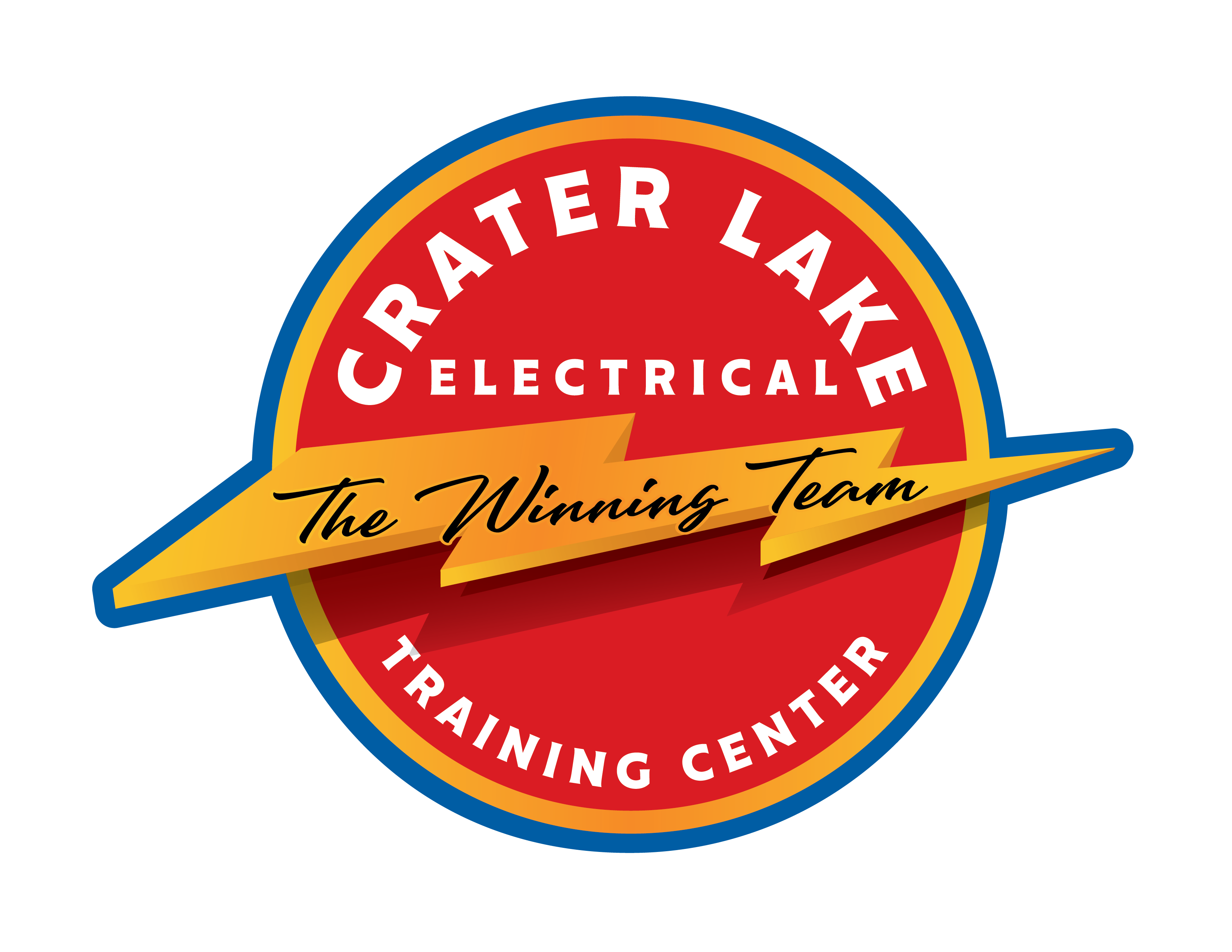Frequently Asked Questions
What are the minimum requirements?
- High school diploma with a minimum 2.0 GPA OR GED with a minimum score of:
- 255 for all years prior to 2002
- 2550 from years 2002 to 2014
- 600 from 2014 on.
- Minimum18 years of age.
- One year of algebra 2 or higher with a C or better grade, or Math 60 at a community college, or Placement at Math 65.
- Completed NCRC testing with minimum scores of 6(Platinum) in Math, 6(platinum) in Workplace Documents, and 4(Silver) in Graphic Literacy.
Is there any way that I can bypass any steps in the application process?
No, everyone must go through the same application process. Once you are selected you can apply for credit for previous education and on-the-job experience.
I am an apprentice in another program/state; can I transfer over to your program?
Contact the Training Center for information on possibly transferring.
Do you have a long waiting list?
We average around 100 applicants on the list at all times, but this does not affect your position or employment possibilities.
What is the application process?
After receiving an application, you have 45 days to complete and return it. After turning in a complete application, including official NCRC results, you will be scheduled for an interview with the Joint Apprenticeship and Training Committee. After your interview, you’ll be ranked and put on our list based on your overall interview score. As contractors need apprentices, we pull from the list from the top down. The interviewers score by answers to interview questions, previous experience, education, and your NCRC score.
Should I submit a resume with my application?
Yes. Any additional information about yourself that you can supply to the committee helps them in making the best choice for candidates.
What is on the NCRC test?
The National Career Readiness Certificate test has 3 components “Applied Math” covers basic math and word problem applications. “Workplace Documents” tests for reading comprehension. “Graphic Literacy” tests the ability to read and interpret graphs, charts, tables, etc. It does not cover electrical theory.
How often is the NCRC test given?
The NCRC test is generally administered weekly at a local Employment Department (Worksource Center). Click here for the locations in Oregon: https://www2.myworksourceportfolio.org/Locations.aspx
Is there a study guide for the NCRC test?
To practice for the NCRC test, Start here: http://www.act.org/content/act/en/products-and-services/workkeys-for-job-seekers/preparation.html , click on “Select a Practice Test” and create an account. Take the free “Applied Math”, “Workplace Documents” and “Graphic Literacy” tests. Additional study info is available here: https://clejatc.org/ncrc-info.html. Contact a Worksource Center if more study info is needed.
Is your program eligible for VA benefits?
Yes.
Do I have to take jobs far away from where I live?
No. We do not require an apprentice to take a job that is more than 50 miles from his or her residence.
What is the geographic area your apprentices can work within?
Our apprentices are licensed to work within all of Oregon and California, but mainly work within the towns of Medford, Roseburg, and Klamath Falls. There is a potential to work in other states that have a reciprocal license agreement with Oregon and California.
What is Crater Lake Training Center’s jurisdiction?
Our jurisdiction covers most of Douglas County, and all of Harney, Josephine, Jackson, Klamath, and Lake County in Oregon, and Modoc and Siskiyou Counties in California.
I have a contractor who wants to hire me now, can I go to work for them and apply later?
Not as an electrical apprentice. In the State of Oregon, even an apprentice must be licensed to do electrical work. You could, however, work as a material handler, warehouse person, or do lighting maintenance.
Do I have to find my own jobs?
No. We currently have 22 electrical contractors listed as registered training agents for our program. You would be assigned to one of these shops.
What programs do you offer?
Inside Electrician, Limited Energy Technician A, Limited Residential Electrician.
What is an Inside Electrician?
An Inside Electrician (General Journey Electrician) is licensed to do all levels of electrical work. Residential, Commercial, and Industrial.
What is a Limited Energy Technician A?
An LEA is licensed to work on systems operating at 100 volt-amperes or less. These include: Fire Alarm Systems, Security Systems, HVAC Controls, Teledata, Computer Networking, Nurse Call-Stations, & PA Systems.
What is a Limited Residential Electrician?
An LRE is licensed to do all electrical work on 1 and 2-family dwellings not exceeding three stories in height.
What is the starting pay?
The pay is based on a percentage of the Journey Electrician scale for that occupation. Raises are given on the basis of on-the-job training hours, job performance, classroom attendance, and grades. Click here to see the most current pay scales.
Does it cost to attend school?
The tuition for the year is $1,000.00. Books and online courses range from $500 to $850 per year.
When and where are the classes?
Classes are scheduled on alternating Saturdays at our Training Center at 4864 Airway Drive, Central Point, Oregon.
Can I sign up for the apprenticeship classes before being hired as an apprentice?
No there’s currently no way to sign-up for the apprenticeship classes before being hired as an apprentice.
Do I receive college credits for completing the training?
Yes! Through our affiliation with Mt. Hood Community College.
When are you taking applications?
We are currently closed for applications, however, we anticipate opening back up in the summer. Most apprentices are started during the summer months, but we generally start a few apprentices from fall through spring.
How do I become an apprentice?
Your first step is to request an application. After we receive your request, we will email you information on the next steps.
What does a Licensed Electrician do?
Electricians install conduit, wiring, fixtures, and electrical equipment inside homes, commercial buildings, and industrial facilities. Some of the major duties of an electrical worker include:
- Installing electrical service to buildings and other structures
- Installation of new wiring and repairing of old wiring
- Planning and installing raceway systems
- Establishing temporary power during construction
- Providing power and controls to motors, HVAC, and other equipment
- Installing receptacles, lighting systems, and fixtures
- Installation of low voltage cabling, network cabling, automation controls, and fire alarm systems
- Planning, initiating, and managing projects
- and so much more
In performing these duties, Journey Electricians use many different kinds of tools; ranging from simple hand tools to power-assisted tools like drills, saws, threaders, conduit benders, and cable pullers. The electrical construction trade is a physical experience with much of the work being performed on ladders, scaffolding, and aerial lifts; at times, workers are required to lift and move objects weighing more than 50 lbs. Our industry gives us the chance to not only work inside finished and unfinished buildings but also gives us the opportunity to work outside; giving us the experience of working in the elements of our local environment.


